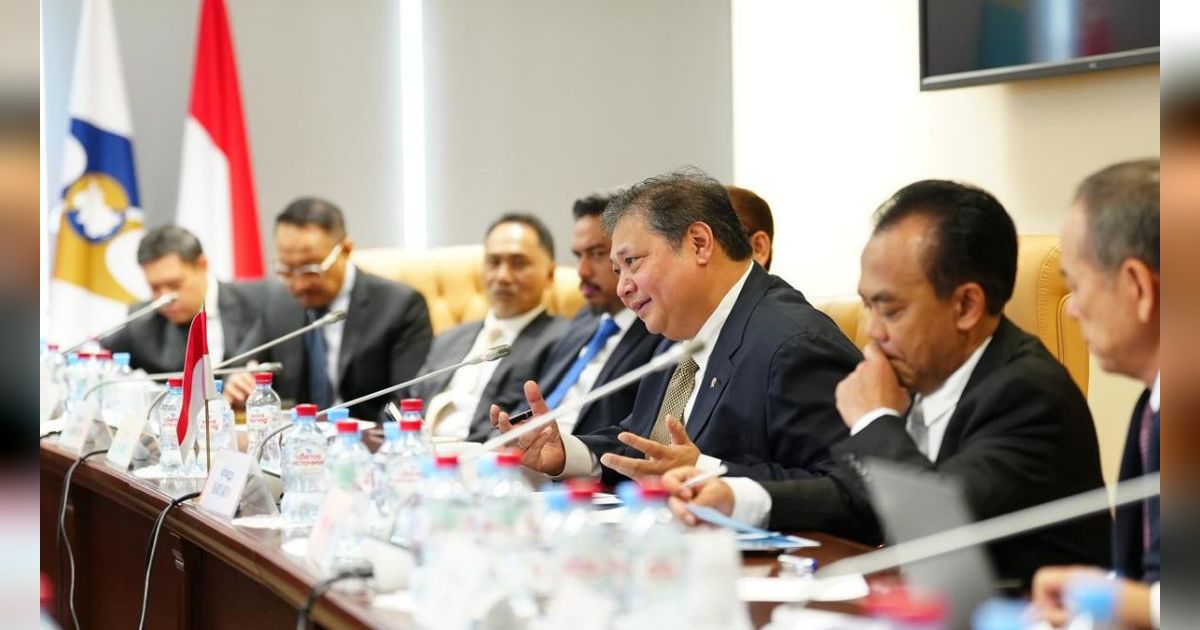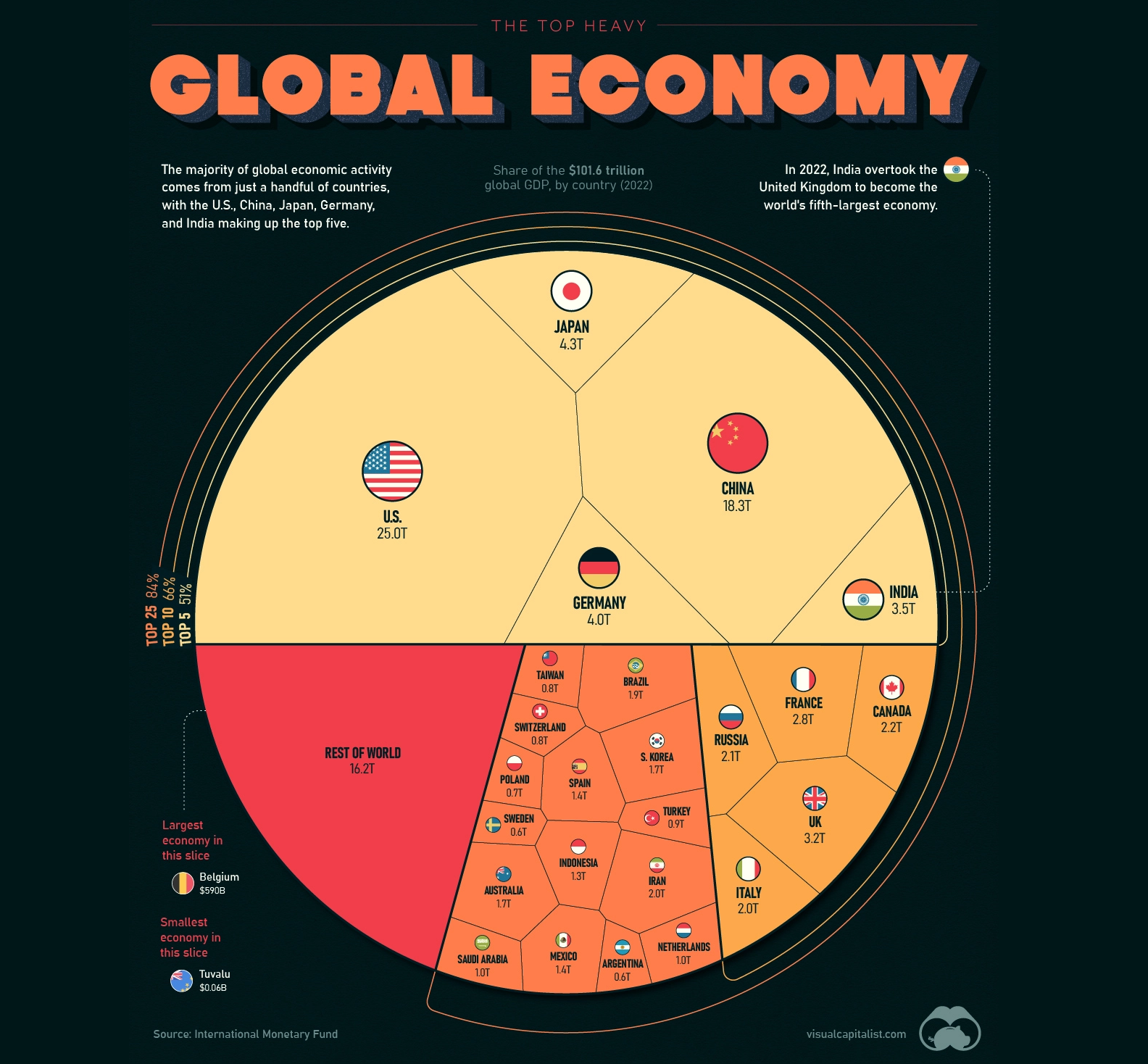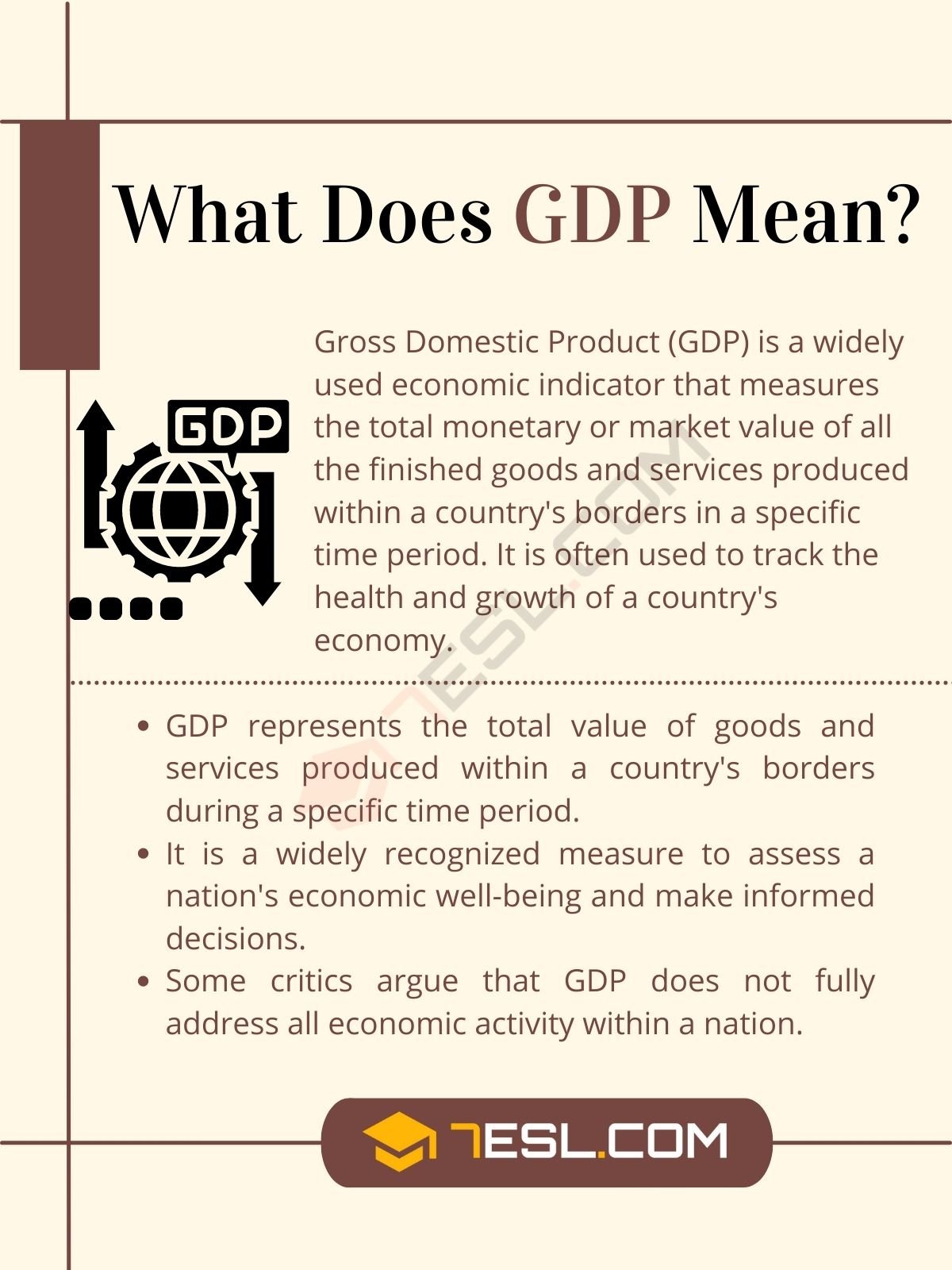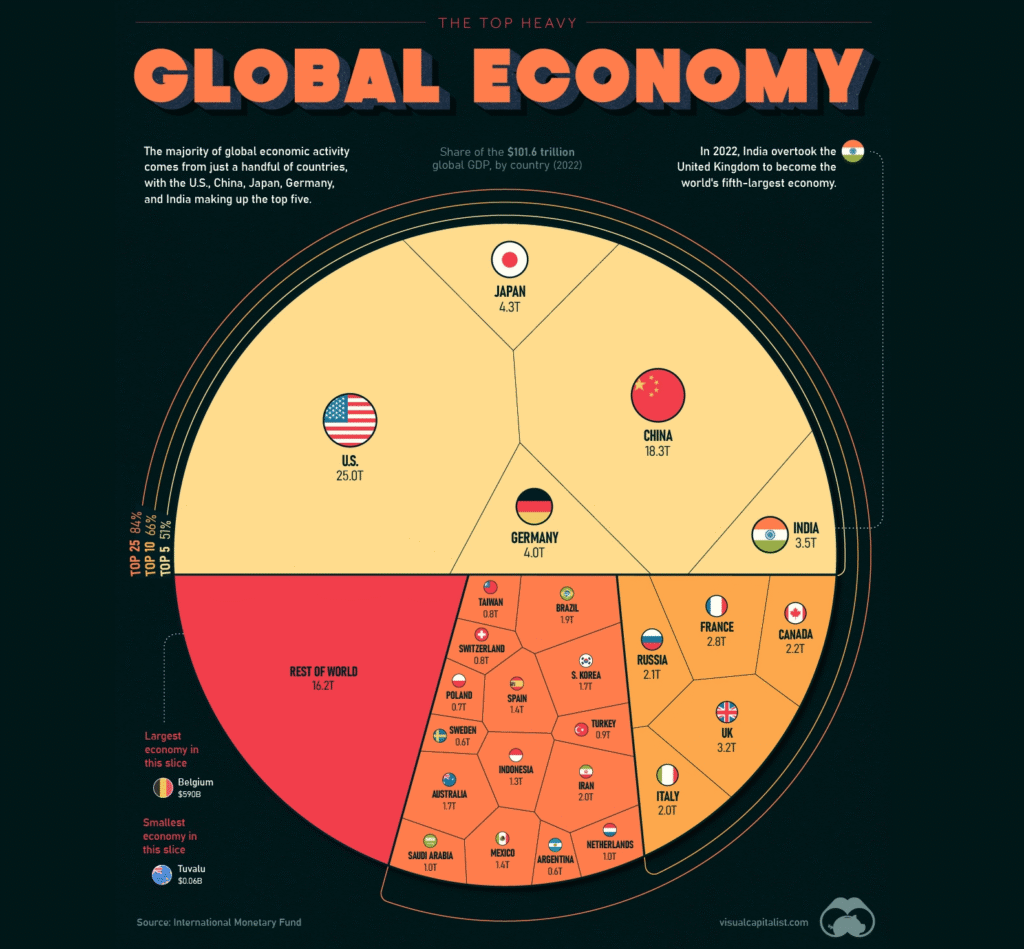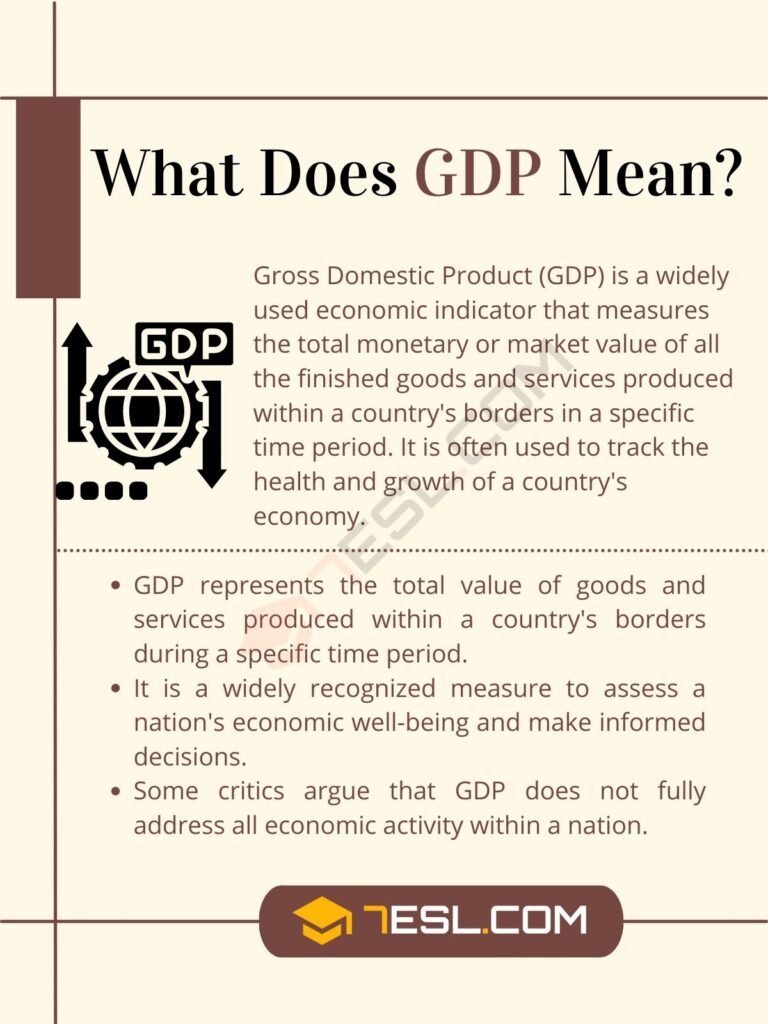As global economic tensions rise, especially amid Donald Trump’s aggressive trade policies, one coalition is stepping into the spotlight: BRICS. Comprising Brazil, Russia, India, China, and South Africa — with recent expansions including new emerging economies — BRICS is making bold moves to assert itself as a serious alternative to traditional Western-dominated alliances like the G20. In a world rattled by trade wars and fractured diplomacy, BRICS seems more determined than ever to lead.
The G20 Gap: Dysfunction in the Age of Division
The G20 was once hailed as the premier forum for global economic cooperation. However, growing political friction — fueled in part by Trump’s America-first trade rhetoric and tariff impositions — has weakened its ability to foster unity. Internal disagreements, slow responses to crises, and competing national interests have exposed a leadership vacuum.
While the U.S. continues to escalate trade tensions, particularly with China and the European Union, the G20’s relevance is being questioned. This situation opens the door for BRICS to reposition itself as a stable, multipolar alternative for economic coordination and political dialogue.
BRICS on the Offensive: Building Influence
BRICS is no longer content with being a counterpoint to Western dominance — it is actively shaping global agendas. The bloc has intensified economic cooperation, launched development banks like the New Development Bank (NDB), and championed de-dollarization efforts in global trade.
In recent summits, BRICS leaders have emphasized the need for fairer trade policies, more equitable financial institutions, and a shift away from reliance on U.S.-centric systems. These initiatives come as many developing nations grow frustrated with the G20’s lack of inclusivity and Western-centric bias.
Trump’s Trade War: Fuel for BRICS Unity
Donald Trump’s return to the political stage has reignited fears of protectionism and trade wars. His previous and current rhetoric targets China, Mexico, and even traditional allies in Europe, creating uncertainty across global markets. This climate plays directly into BRICS’ hands.
By presenting itself as a stable and inclusive platform, BRICS gains support from nations wary of Trump’s unpredictability. The group’s shared vision of multipolarity — where no single nation dominates — is increasingly appealing to countries caught in the crossfire of U.S. trade disputes.
Can BRICS Replace the G20?
While BRICS may not yet match the economic weight of the G20, its growing unity, strategic partnerships, and expanding membership suggest it’s on the rise. The group has the potential to offer a different model of global cooperation — one less driven by confrontation and more by mutual development.
However, internal differences still challenge BRICS cohesion. Political tensions between members, varied development stages, and differing foreign policy goals could limit its effectiveness if not managed carefully.
Conclusion: A New Global Order in Motion
In the shadow of trade wars and waning Western leadership, BRICS is boldly stepping into the global spotlight. As the G20 struggles with internal gridlock, BRICS’ message of reform, inclusion, and economic sovereignty is resonating louder. While challenges remain, the bloc is clearly positioning itself as a viable alternative in a changing world order.
